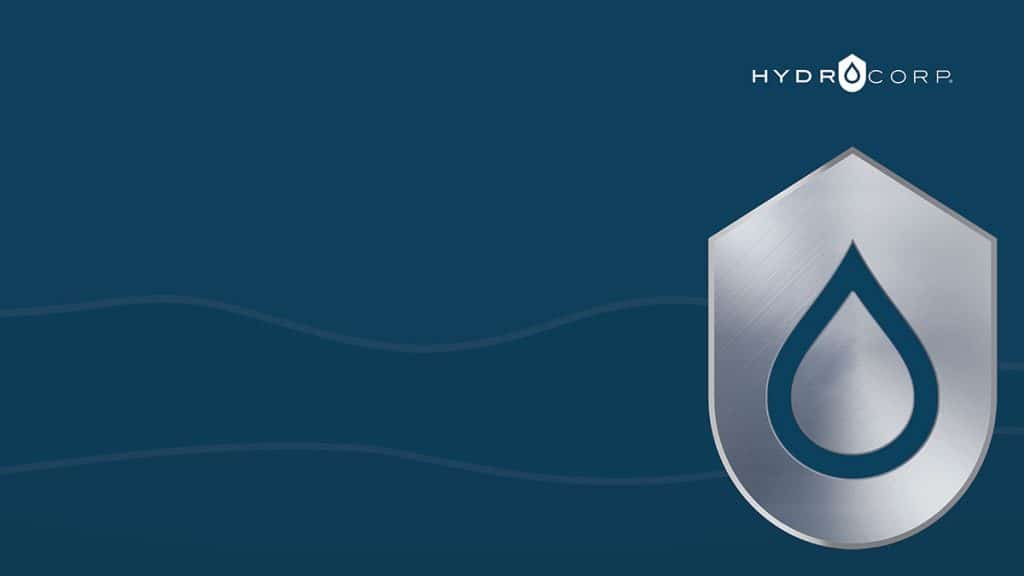Public water systems face a growing expectation to provide safe, uninterrupted water service while simultaneously managing aging infrastructure and increasing regulatory pressure. One of the most insidious threats to potable water safety remains the unmonitored or unnoticed backflow incident. Too often, contamination events result from an unprotected (and preventable) cross-connection hazard. Combined with abnormal flow conditions like backpressure or backsiphonage, these pressure changes aren’t theoretical anomalies. We have clear recorded data that demonstrates the risks.
But what if you could see these dangerous conditions forming before a contamination event? In many public water systems, you can.
Your system’s water meters may have the capability to detect reverse flow. If your water system has replaced meters within five years, and depending on the meter brand, model, and system configuration, backflow detection just grew easier. This powerful but underutilized ally in the fight against contamination should not go untethered in your cross-connection control efforts.
Cross-Connection Control Programs: The Essentials
What Is a Reverse Flow Alert?
Modern smart meters don’t just log gallons, they capture detailed flow behavior, including reverse flow events where water flows from the customer’s premises and potentially into the distribution system. These events could be momentary, continuous, or cyclical, and they almost always indicate an anomaly worth investigating.
Reverse flow might result from:
- Water main breaks or underground construction damage
- Booster pumps without proper backflow prevention
- Thermal expansion in closed plumbing systems
- High-pressure industrial equipment
- Improperly connected auxiliary water supplies (wells, rainwater, process water)
- Fire suppression system recharge events
Each of these presents a potential backflow contamination hazard—and now, with the right smart meter tech, they can be flagged in real time.
The Value of Early Warning
Historically, backflow incidents aren’t discovered until after the fact due to water quality complaints or lab results. By then, hundreds of people faced the potential risk of exposure to the contamination.
Reverse flow alerts offer an early warning system. When linked to GIS-based service connection records and cross-connection control program data, utilities can:
- Identify at-risk service connections instantly
- Trigger rapid field response for visual cross-connection surveys
- Relate alerts to specific hazard classifications
- Assess whether installed backflow preventers are present, tested, and functioning
- Improve system resilience and documentation
In many cases, a single reverse flow alert can prompt the discovery of undocumented cross-connections, missing or failed backflow preventers, or hazards previously assumed inactive.
Aligning Cross-Connection Control Programs with Reverse Flow Alerts
Here’s where cross-connection control programs must evolve. The visual survey process—used to identify and categorize plumbing hazards within commercial, industrial, or multi-family properties—should be linked directly to reverse flow alert monitoring. How?
- Tag High-Hazard Accounts: Flag all service connections classified as high or severe hazard (e.g., hospitals, car washes, manufacturing, irrigation with chemical injection) in the customer management system.
- Sync Survey Results with Meter Data: When surveyors document cross-connections or backflow assemblies, link the information to the smart meter database.
- Establish Response Protocols: Define specific alert thresholds and response steps based on the type of hazard and the potential exposure risk. For example:
- Reverse flow from a hospital triggers an immediate site inspection within 24 hours.
- Reverse flow from an irrigation system triggers backflow device verification within 24 hours by means of an on-site visual survey.
- Repeat alerts lead to enforcement action or disconnection until proper backflow prevention is installed.
- Use the Data to Close the Loop: Every reverse flow alert should prompt a record update. Did it result in a confirmed backflow event? Was the device repaired or replaced? Was the customer notified?
This level of integration shifts cross-connection control efforts from reactive to proactive, catching trouble before it turns into tragedy.
A Smarter Way Forward
Combining visual cross-connection surveys, hazard-based risk classification, and real-time reverse flow data provides a holistic strategy for water safety. It also prepares utilities for:
- Regulatory inspections and sanitary surveys
- Defense against liability for contamination events
- Smarter investment in monitoring and field resources
- Better protection for the utility brand and public trust
Smart meters do more than send bills—they protect lives. Reverse flow alerts are not just “data points,” they are warning signs. When tied to the science of cross-connection control, they give utilities the edge in a battle they cannot afford to lose. While reverse flow alert features and capabilities vary across manufacturers, the conversation about integrating alerts must start now to prevent contamination later.
Water safety is no longer just about what flows in. It’s about what could flow back.
Ready to learn more about how HydroCorp can support your water system’s cross-connection control efforts?


